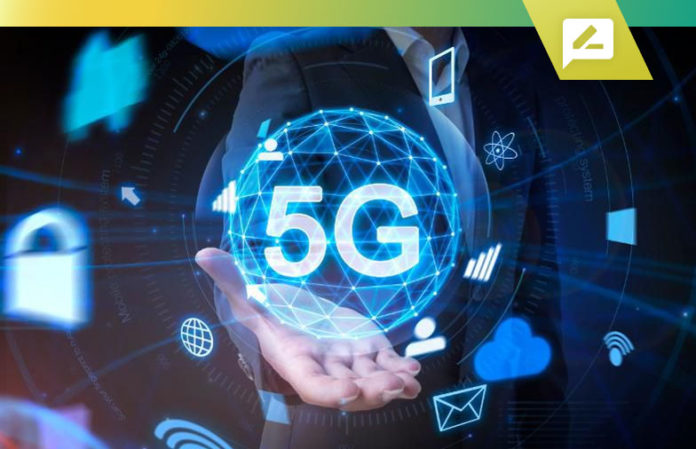The health risks of 5G radiation are still being debated, but one study suggests a link between RF radiation and cancer in male rats. The study was classified before it was declassified on the 12th of December 2012 by the Central Intelligence Agency, but it demonstrates that radiofrequency could trigger cancerous growth in animal, including humans. In the research, scientists exposed male rats to radiofrequency for 15 days and discovered that they developed the same types of cancers as human beings do.
Health effects of radiation from 5G
Although the rapid growth of wireless communication is causing the development of 5G technologies, there are growing concerns regarding the health effects of the radiation from 5G. Although the higher frequencies do not affect the body as much as older technologies, scientists have raised concerns about possible systemic impacts and are calling for further studies. To ensure that the population is protected to protect the population, it is the European Commission is requesting independent studies to determine if the technology poses any health hazards.
It is important to note that there's a substantial amount of misunderstanding about the health effects of 5G, and it is vital to clear any misunderstandings that may persist. Although 5G isn't yet widespread however, there are many people who are being told that it might cause health problems, most often via social media where sexy use of language is commonplace.
Beamforming technique
Beamforming is among the most vital technologies in 5G mobile networks. It is a method of operation which makes use of several radiating elements to produce narrow beams. The purpose of beamforming is to reduce any unwanted radiation within the signal that results. This method is typically employed for wireless communications systems, and is essential for 5G's cost-effective coverage.
This method is based on electronically weighting the individual signals from each antenna. This produces an extremely small beam of radiation that enhances coverage of cell phones indoors as well as near cell edges. https://ladefoged-greve.hubstack.net/5g-radiation-and-epidermis-cancer-1680230278 is vital since poor coverage could result in low user satisfaction. Apart from increasing the signal beamforming can help reduce the amount of noise a user experiences from other devices.

Power density
The energy density of 5G electromagnetic radiation coming from cell towers will be comparable to that of previous generations of 3G and 4G systems. The reason for the lower power density is the sensitivity of electronic components. The maximum radiation output for a 2G phone was approximate 2 Watts, whereas that of the 4G model was around 200 milliwatts.
5g radiation is a measure of how much electromagnetic energy is absorbed by the body at a certain distance. Power density for radiation 5g is usually expressed in the watts per square metre. Contrary to the SAR measurement, power density is a measurement of the quantity of electromagnetic energy in a given space. The power density limits are different for wearables and mobile devices dependent on their operating frequency and distance.
Specific absorption
The Specific Absorption Ratio (SAR) is a parameter which measures the speed at which a specific frequency releases power into human tissues. In general, the SAR number should not exceed two watts per kilogram of body mass. This figure is derived from the electric field that exists in tissues as well as the mass density, measured in kilograms per cubic meter. It was recently used to determine the antenna design.
The latest radio technologies that comprise 5G operate in frequencies less than 6 GHz. These frequencies are known as millimeter waves. However, according to the FCC's SAR compliance program is only applicable to frequencies that are up to 6 GHz. Additionally, the SAR test requires that measurements are conducted with phantoms made of tissue simulating medium.
Skin health effects
Currently, we are not aware of the impacts of 5G radiation on the skin. The existing knowledge is limited because of the absence of research in-vivo as well as theoretical models. However, there is an urgent need for more studies on the effects of 5G radiofrequency radiation on human skin. Utilizing 5G radio frequencies may cause damage to the skin specifically to the epidermis, one of the most sensitive parts.
Contrary to 4G, 5G's radiation is a high frequency which has been proven to cause heat to human tissues. Human bodies are dipolar, so the increased frequency of 5G radio waves will cause heat in the skin. 5g radiation symptoms to 5G radio frequencies can also affect other organs of the body, such as the brain.
